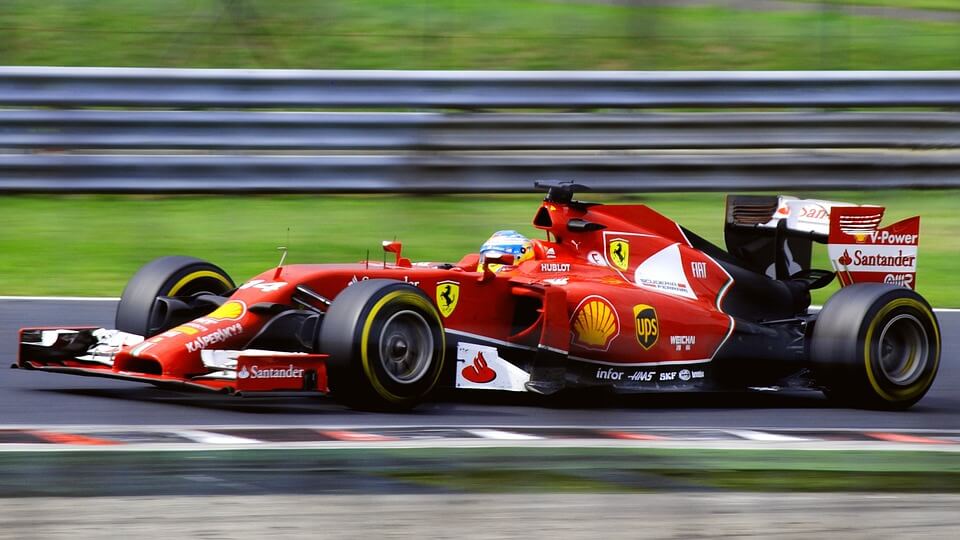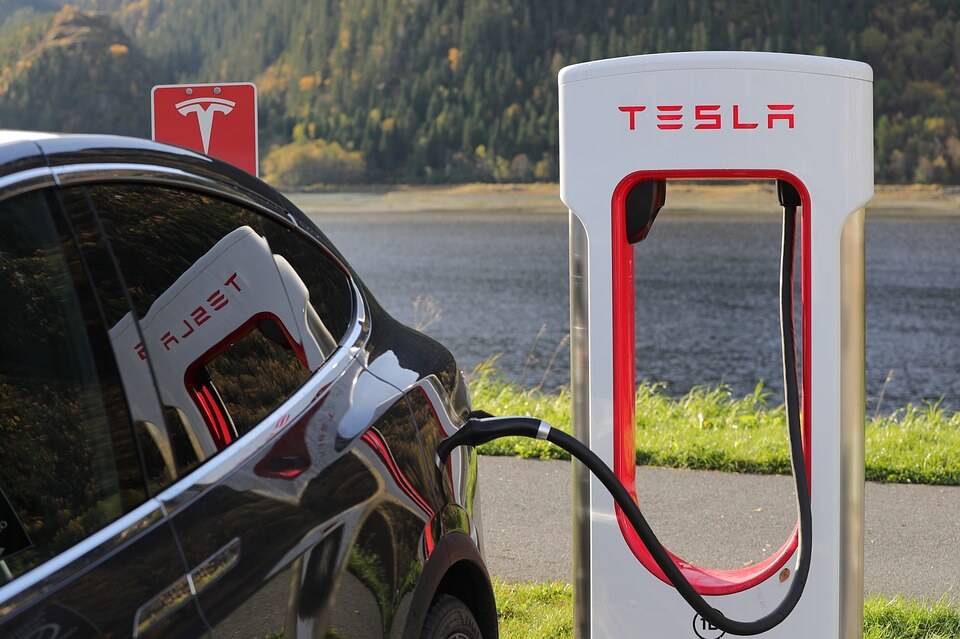Those who are fans of Formula One racing are well aware of one of the problems the sport faces. In most Formula One races, those who start in the first rows almost always win unless there is an accident on the track.
There are two reasons for this. Formula One teams are experts at what they do. They know how to pace out a race to make sure that nothing goes wrong from start to finish. Another problem is that it is very hard to pass and overtake on the track.
In order to make it easier for drivers to pass, and to add some more excitement to F1, there are changes being made to the setup of the cars for the 2019 racing season. These changes are in anticipation of more extensive changes that are to be implemented in the 2021 season.
For 2019, the front wings on an F1 car will be wider, and there will be fewer flaps. This is being done in order to make it more aerodynamically possible for a driver to follow another driver closely. Right now, the setup of the cars causes turbulence when in the following position. This makes it harder for drivers to maintain the position that they need to be in to take advantage of passing opportunities.
There will also be a change in the design of the front brake ducts. There are currently small wings on the brake duct assemblies. In 2019, these will no longer be used. With this redesign, the brake ducts will be more apt to serve their intended purpose of providing cooling. It is hoped that this change will also help to end the problem of blown front axles that plagued several of the racing teams such as Ferrari, Force India and Haas during the current racing season.
There will be changes in the rear wing of the cars in 2019 as well. The rear wings will be taller and wider. The design of the rear wing will be simplified. This change will increase the downforce on the vehicle. This will stop the practice of coasting that some drivers currently use to make sure that they don’t run out of fuel.
With these changes in place for the 2019 Formula One season, the racing should be more exciting. There may be more chances for drivers to make a move resulting in fewer pole to win situations.






